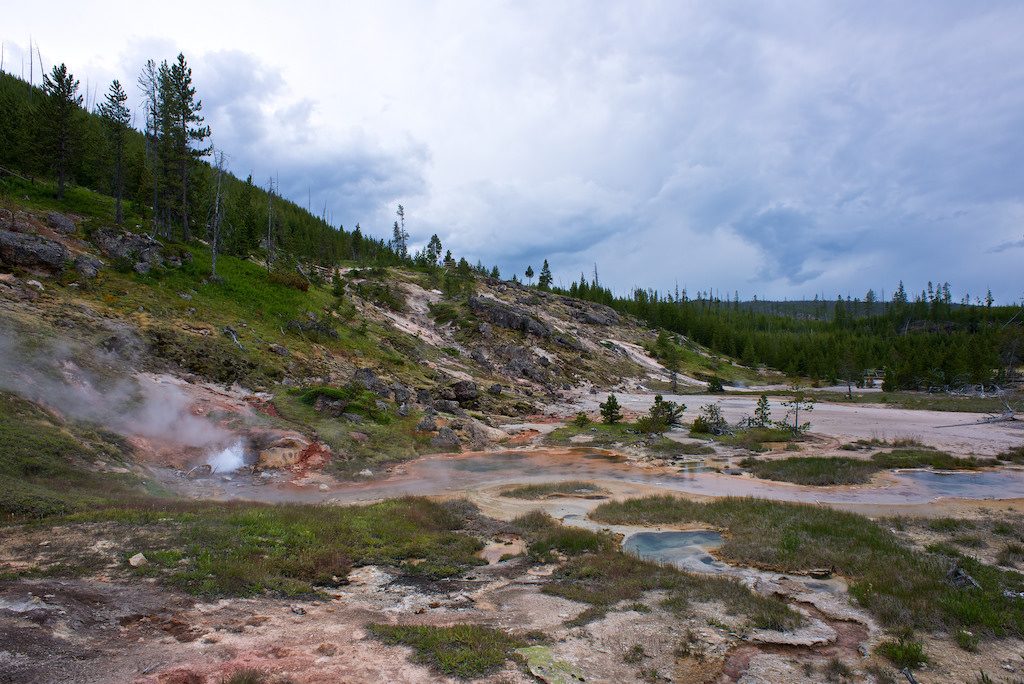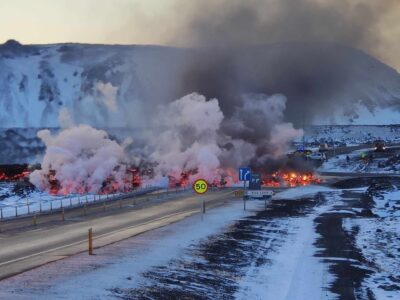Geothermal energy provides a great opportunity for U.S. indigenous peoples
Geothermal energy could provide great economic benefits for indigenous/ native groups in the United States. While there remain challenges on utilisation due to spiritual reasons, there are great opportunities for development of power but also direct use projects.
A recent article in a publication on business for native groups in the U.S. describes how geothermal energy production could actually have a future on land of reservations in the country.
Yellowstone National Park, a huge area in the state of Wyoming, naturally is known for its hot springs, geysers and other geothermal features .. and of course also for its wildlife and overall landscape, but it was also once a thriving hunting ground, meeting place and home to tribes like the Nez Perce and Shoshone, as described by Native Business.
Like Yellowstone National Park, there are many geothermal areas that either were or are lying on land belong to reservations of native groups.
Native groups have always had a “deep-seated spiritual connection many tribes had to the volcanic hotspot and served to sever Native ties to a powerful source of energy that physically bubbles up to the surface from the center of the Earth, often in violent and spectacular eruptions that reach hundreds of feet into the sky.”
So how can geothermal energy actually benefit the native groups with access?
In its article, Native Business describes a policy guide by the U.S. Department of Energy of 2002 that described “numerous concerns about tribes exploring geothermal potential, including harm to spiritual sites, financing, tribal decision-making, a perceived bias in tribal courts, and pushback from tribal members that were against electrification of reservations in general.”
But while power generation is in the foreground in the discussions, geothermal energy could though contribute to local economies “in a myriad of ways. The Office of Indian Energy noted that geothermal operations can aid in fish farming, bathing, concrete curing, the drying of fruits and vegetables, and beet sugar evaporation, to name a few.”
The little land use for geothermal power installations in comparison to other sources of energy, is seen as a positive point that makes it more interesting.
The top areas for potential geothermal development on tribal land are “all located in the arid deserts of Arizona and Nevada or the dry steppe of eastern Oregon. Combined, the Navajo, Tohono O’odham, Warm Springs, Pyramid Lake, and Walker River tribes have a geothermal capacity of more than 2 million megawatt-hours (MWh). According to the National Renewable Energy Laboratory (NREL), total tribal potential at 196 different sites could ultimately account for more than 2% of U.S. geothermal potential at a staggering 236 million MWh.”
So why are tribes not tapping this unique geological resource at higher rates? Well the cost and risk involved are a key barrier, but there are several tools by the U.S. Department of Energy (DOE) that can help.
Another challenge are the often strong spiritual connections many tribes have to the unique landscapes across America. In June of this year, the U.S. Department of Agriculture rejected an application for the development of a geothermal project in the Santa Fe National Forest, due to objects to All Pueblo Council of Governors. The way to utilise geothermal resources while honoring their culturally relevant spiritual connection to Tribes could hold the key to the future of geothermal development on tribal land.
Examples from New Zealand and Kenya, show that this is a challenge that can be solved. With Masai groups in Kenya looking at the successful utilisation of geothermal in New Zealand of tribal groups of the Maori in cooperation with the private sector, shows that there are large opportunities.
The U.S. actually supported some of that work that could be helpful for the discussions with and within the native groups on potential geothermal development. We actually reported on it a while back.
The opportunities are great with examples by the Maori in New Zealand deriving revenues from their ownership of geothermal projects and plants, as well as benefiting from economic development around e.g. with direct use for heating, but also extraction of silica etc. Particularly the secondary benefits from geothermal energy utilisation could not only improve the environmental impacts of development, but also have a great economic impact.
“Tribes now have the opportunity to utilize this unique gift from nature to sustainably and responsibly power communities. Now is the time to prove that we do not fear what bubbles from the Earth; we favor it.”
Copyright (c) 2018 Nativebusinessmag.com. All rights reserved. Reprinted with permission from Nativebusinessmag.com.


















